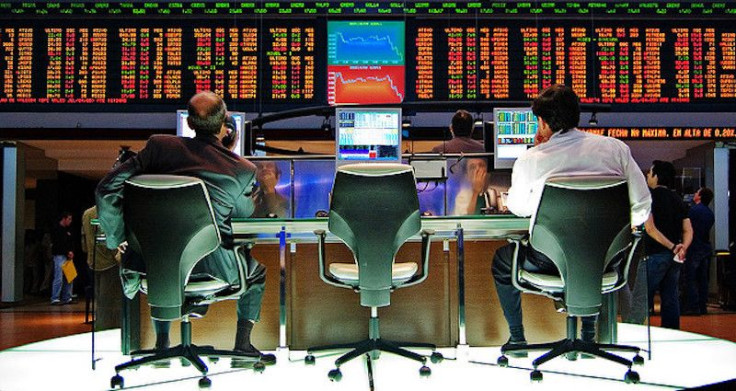Stock market crashes linked to higher rates of suicide – new research

Writing in the wake of the 1929 stock market crash, New York Times columnist Will Rodgers commented that the level of panic was such that it induced a spate of suicide among traders. Although stories of increased rates of suicide in the aftermath of a financial meltdown are deeply ingrained in the folklore of finance, until now these have not been investigated empirically.
Our new international study for the first time looks at the relationship between stock market fluctuations and the rate of suicides among the general population. The financial fortunes of many of us are tied in some way to the markets either directly through our investments or indirectly through our pension funds. Therefore, when markets collapse, the effects can reverberate through the whole of society.
Our findings suggest that suicides increase both in years of significant stock index decline and in the year that follows it. This prolonged reaction suggests that it may be possible to use stock market indicators to predict how likely it is that more people will kill themselves in the months following a crash. This introduces the possibility of rolling out successful preventative measures.
These conclusions are based on a sample of 36 countries spanning several decades and account for the other known socioeconomic drivers of suicide. We also found that the tendency to take one’s own life following stock market losses affects both men and women alike.
In our study, we performed a simulation based on our model to estimate the number of lives lost in the wake of the 2008 financial crisis. It appears that there were an additional 6,566 suicides across our sample nations in the 2008-09 period that were a direct consequence of the rapid decline of equity values. This estimate is disturbingly high, especially considering that it exceeds the sum total of the number of 9/11 victims and casualties of coalition forces in Afghanistan since the invasion in 2001.
Money, happiness and mental health
The question over whether money can buy happiness has long perplexed researchers and the answers proffered are not necessarily straightforward. The literature has coalesced around the view that people living in more affluent economies experience higher levels of happiness. But it is observed that over time the contentment of the general public has not changed much despite rising GDP levels, a phenomenon referred to in economics as the Easterlin paradox.
British lottery winners, for example, tend to report a greater sense of mental well-being, suggesting that there could be a link between affluence and emotional state. The effect of the windfall does, however, lead to an increased consumption of alcohol and engagement in other risky behaviours, which to some extent may offset any potential health benefits.

Other research has focused on the 2008 financial crisis and its impact on general health levels. Declining house prices which often fell below the value of outstanding mortgages significantly intensified psychological distress for homeowners. This was reflected in a higher incidence of depression and an increased use of medications to treat it.
One might suggest that a wide range of factors beyond financial difficulties could be responsible for a higher suicide rate. It is well known that there is a link between suicide risk and social factors such as a lack of family stability, alcoholism or even population density. In terms of economic factors, the most pertinent determinants are unemployment, falling GDP, high inflation and the extent to which women participate in the labour force.
In our paper, we take all of these factors into account and isolate cleanly the influence of stock market movements. Even if market crashes typically overlap with periods of economic recession, they appear to generate an impact on voluntary deaths in their own right.
The way forward
Given what we now know about the effects of drastic declines in wealth and the instability that comes with a market crash, we should use this information to prevent unnecessary loss of life in the future. Market indices could even be used as a signalling device by which to direct resources to combat suicide.
Not only do stock returns reflect the fortunes of investments, they are also predictive of the future business cycle. As such, policymakers could view markets as a harbinger of financial distress and direct more resources towards mental healthcare provision following market slumps.
While financial theory considers the issue of investment risk, it neglects to consider the human cost attached to market losses. Those who offer investment guidance should not be blind to the emotional risks involved and look after their client’s best interests, not solely from a financial perspective. As well as examining how risk averse investors are, they could perform basic diagnostics to identify those who carry a high risk of succumbing to mental illness and then tailor their advice accordingly.
Brendan John Lambe, Associate Professor in Finance, De Montfort University and Tomasz Piotr Wisniewski, Professor of Finance, The Open University
This article is republished from The Conversation under a Creative Commons license. Read the original article.




















